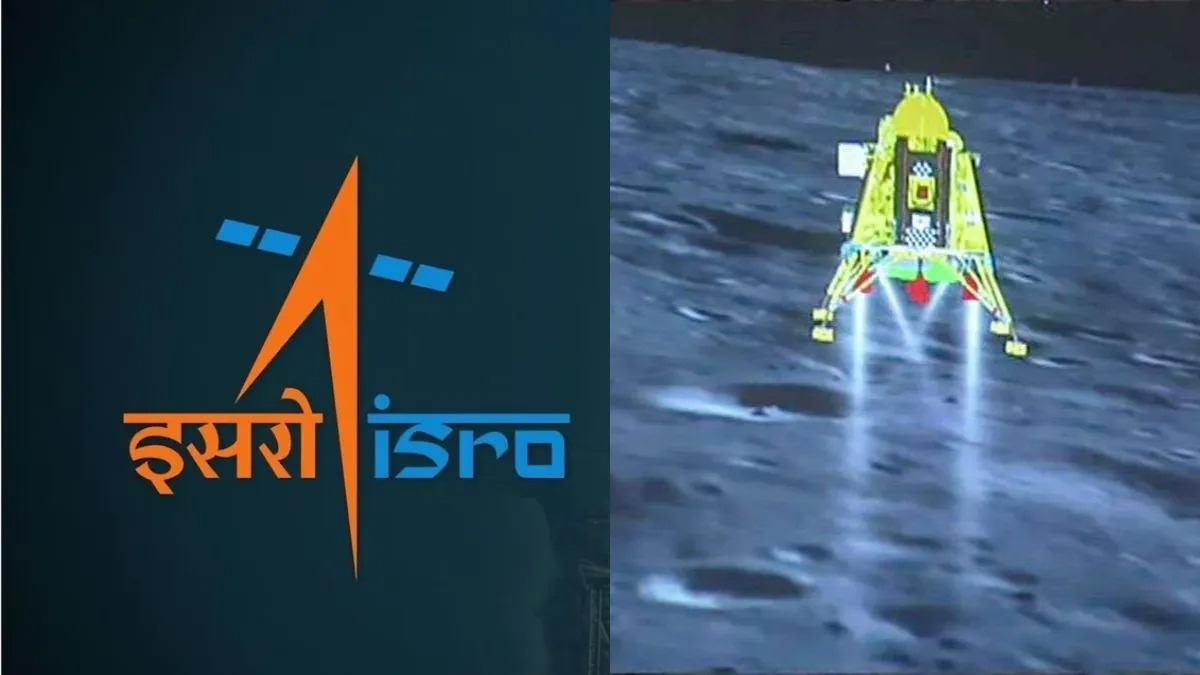

Indian Space Research Institute (ISRO) has given a big gift to the world on the first anniversary of the success of India’s Chandrayaan-3 mission. ISRO has made the scientific data related to the Chandrayaan-3 mission public for research by researchers. Let us tell you that on 23 August last year, India’s Chandrayaan-3 landed on the southern region of the Moon. India became the first country in the world to do so.
More than 55 GB of data is public
According to the information, ISRO has made public more than 55 gigabytes (GB) of data obtained from five payloads on Vikram Lander and Pragyan Rover for researchers around the world. ISRO chief S Somnath has said that this data will not be limited to the scientists who built those instruments, but it will be made available to all researchers in the country and the world for analysis.
What will Chandrayaan-3’s data be used for?
The data set of Chandrayaan-3 is available on the PRADAN portal of the Indian Space Science Data Center (ISSDC). According to the information, Pragyan Rover conducted a terrestrial chemical analysis of the surface of the moon, which has provided a better understanding of the origin and evolution of the moon. This information is important for future exploration and use of potential resources on the moon.
The moon evolved from a vast ocean of magma
Scientists at the Physical Research Laboratory (PRL) in Ahmedabad, after studying the data from Chandrayaan-3, have speculated that the Moon evolved from a vast ocean of magma that later cooled down. This analysis is related to the measurements of soil on the moon, which were recorded at multiple points by the Pragyan rover while traversing a distance of 100 meters on the surface.

 Share
Share



